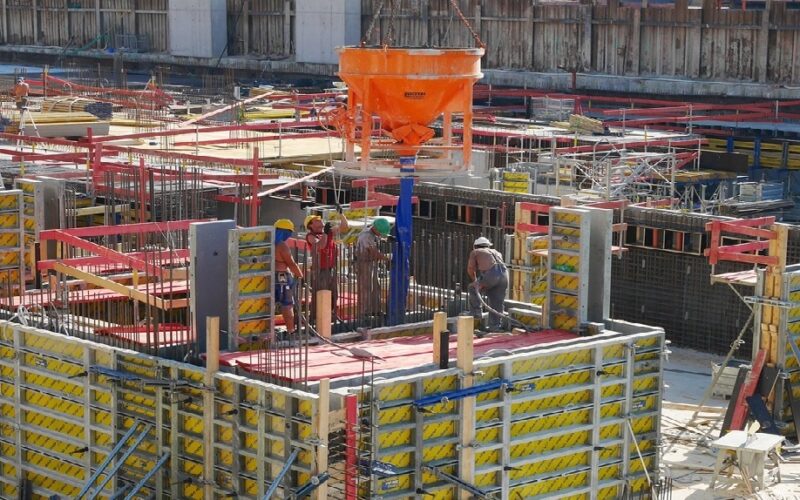As we move into 2024, the construction industry continues embracing innovative technologies that revolutionize building practices. These advancements, from metal panel systems and other green construction materials to automated machines, are making projects faster, safer, more cost-effective, and environmentally friendly.
In this article, we’ll explore the benefits of using cutting-edge construction technologies and understand how they are shaping the future of construction.
Enhanced Project Efficiency
One of the biggest advantages of modern home construction technology is improved project efficiency. Automated machines, like drones and robotics, can now handle tasks that previously required significant time and manpower. For example, drones are used to survey land quickly, cutting down days’ worth of work into hours.
Advanced construction tools, such as 3D printers, are creating entire buildings in record time. These printers use materials like concrete to build layer by layer, significantly reducing the time it takes to complete projects.
Additionally, Building Information Modeling (BIM) software allows engineers and architects to create precise 3D models of projects before breaking ground. This leads to better planning and reduces costly errors during construction.
Cost-Effectiveness

Adopting innovative technologies leads to significant cost savings in construction. Automated processes and the use of advanced materials like prefabricated components streamline production, reducing the need for labor and minimizing waste.
Metal panel systems, for instance, offer a cost-effective and durable solution for cladding and roofing. These systems are lightweight, easy to install, and require minimal maintenance, making them a popular choice for commercial and residential projects alike. Their energy efficiency also lowers long-term operational costs by improving insulation and reducing heating or cooling expenses.
Moreover, digital tools help project managers track budgets and timelines more accurately. With real-time data at their fingertips, they can make informed decisions, avoid delays, and prevent unnecessary expenditures.
Improved Sustainability
Sustainability is no longer just a trend in the construction world—it’s a necessity. Innovative technologies are playing a crucial role in reducing the carbon footprint of buildings and construction sites.
Green construction materials, such as recycled steel and energy-efficient insulation, are increasingly being used in projects. These materials not only lower energy consumption but also reduce waste during the building process.
Energy-efficient technologies, such as solar panels and smart building systems, allow structures to generate their own power and reduce their reliance on non-renewable energy sources. These innovations make buildings more sustainable, helping to meet environmental regulations and reduce long-term operational costs.
Increased Safety on Job Sites

Safety is a paramount concern in construction, and innovative technologies contribute to creating safer job sites. Leveraging advanced tools and systems enables construction companies to manage risks better and ensure the well-being of their workers. Notable advanced safety devices used in construction today include:
- Wearable Technology: Wearable devices, such as smart helmets and vests, monitor workers’ health and safety in real time. These devices can detect hazards, such as exposure to harmful substances or extreme temperatures, and alert workers to take preventive measures.
- Drones: These devices offer aerial views and real-time data, making site inspections quicker and more precise. By identifying potential issues early on, they enable workers to steer clear of hazardous areas, enhancing overall safety on the job site.
- Virtual Reality (VR) Training: VR training programs offer immersive simulations of construction scenarios, enabling workers to practice safety protocols in a controlled environment. This training method enhances workers’ preparedness and reduces the likelihood of accidents on the job site.
Conclusion
The construction industry is entering a new era of innovation and sustainability. In 2024, technologies like metal panel systems, 3D printing, and BIM are not just nice-to-haves but essential tools for modern building projects. These innovations are improving efficiency, cutting costs, enhancing safety, and making construction more sustainable.
As these technologies continue to evolve, the benefits they offer will only grow. Hence, embracing these advancements will further push the industry toward smarter, faster, and greener building solutions.
